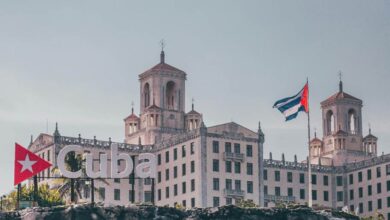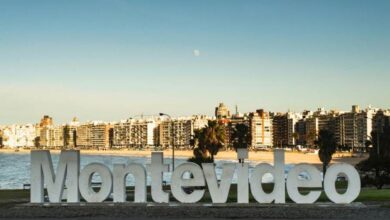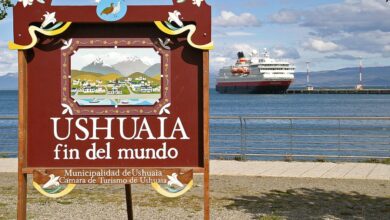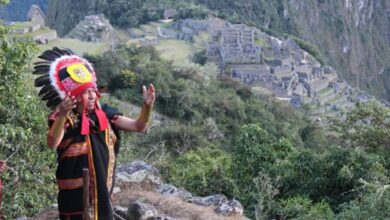Costa Rica’s Arenal Volcano Proves Wellness Is More Than a Tourism Buzzword
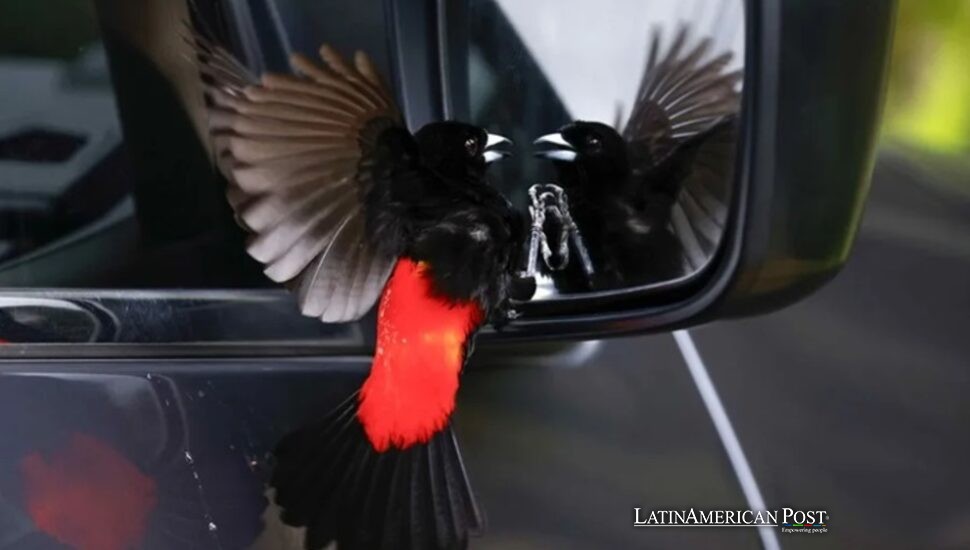
At the foot of Costa Rica’s most photogenic volcano, La Fortuna has quietly rewritten the story of what travel can be. Once a frontier town for thrill-seekers chasing molten lava, it has reinvented itself as a sanctuary for restoration—where hot springs meet conservation, and wellness feels less like marketing and more like a meaningful experience.
From Lava to Leisure
When Arenal Volcano stopped erupting in 2010, the nightly glow that had lured thousands to its slopes disappeared. Locals worried the tourists might disappear, too. Instead, the silence became an invitation. Without the roar of explosions, people began to notice the softer music: the rustle of palms, the splash of rivers, the deep stillness that comes when the earth finally rests.
The shift was subtle but transformative. La Fortuna’s identity moved from adrenaline to awareness—from gawking at nature’s violence to savoring its grace. Guides began leading dawn bird-watching walks instead of volcano treks. Farmers turned their pastures into organic gardens and eco-lodges. Spa owners realized that the volcanic heat bubbling beneath their feet could warm more than hot springs—it could spark an economy based on care.
Visitors came not to chase spectacle but to slow down. They soaked in pools shaded by orchids, walked forest trails that curved around giant roots, and left with something rarer than a selfie: the sense of having participated, not just passed through. The volcano went quiet, and the town found its voice.
A Sustainable Promise, Not a Slogan
La Fortuna’s rebirth wasn’t a miracle; it was a choice. The people who once lived by the rhythms of soil and harvest began applying those instincts to tourism. “The region’s evolution has turned a community of farmers into entrepreneurs of sustainable and regenerative tourism,” said Tadeo Morales, president of the Arenal Chamber of Tourism and Commerce, in an interview with EFE.
The words sound lofty, but the proof is visible everywhere. In just fifty-two square kilometers, the town now hosts eighty-six hotels, sixty natural parks, and about twelve thousand beds, all operating under strict environmental standards. Buildings step back from riverbanks to protect waterways. Trails detour around ancient trees instead of cutting through them. Waste is sorted before it becomes pollution. Guides double as naturalists and storytellers, trained to explain not just what you see but why it matters.
Sustainability here isn’t a certification; it’s a civic compact. Tourism revenue doesn’t vanish into resorts—it keeps families rooted on their land. The community understands that the forest’s health and their own livelihoods are inseparable. Every visitor who chooses local over luxury, who refills a bottle instead of buying plastic, adds a thread to that shared resilience.
The town’s evolution—from a lava-watching outpost into a wellness hub—shows that growth doesn’t have to destroy what drew people in the first place. It can restore it.
Wellness With Substance
In La Fortuna, wellness isn’t about scented candles or imported fads. It’s about proximity to something real. Morning hikes unfold under canopies teeming with toucans and tanagers, where the humidity feels medicinal. Afternoons are for mineral-rich pools heated by the dormant volcano’s heart. The waterfall that bears the town’s name still hammers the jungle floor with the sound of creation itself.
But wellness here also means connection—to people as much as to place. Travelers tour coffee and cacao farms, hearing how fair trade practices sustain entire villages. Night walks train city eyes to spot tree frogs, fireflies, and constellations. A massage might take place in a bamboo pavilion beside a river, where the soundtrack is not a playlist but the sound of moving water.
“The idea is not to escape life but to feel more alive in it,” said Morales to EFE. Local guides describe the forest as medicine and the community as the pharmacy—an ecosystem that heals because it’s intact. Visitors often arrive burnt out and leave slower, humbler, and strangely hopeful.
And behind the serenity lies pragmatism. Every extra night a traveler spends in a locally owned lodge funds trail maintenance, scholarships, and waste-recycling programs. Wellness is a circular concept: you take care of yourself by taking care of the place that hosts you.
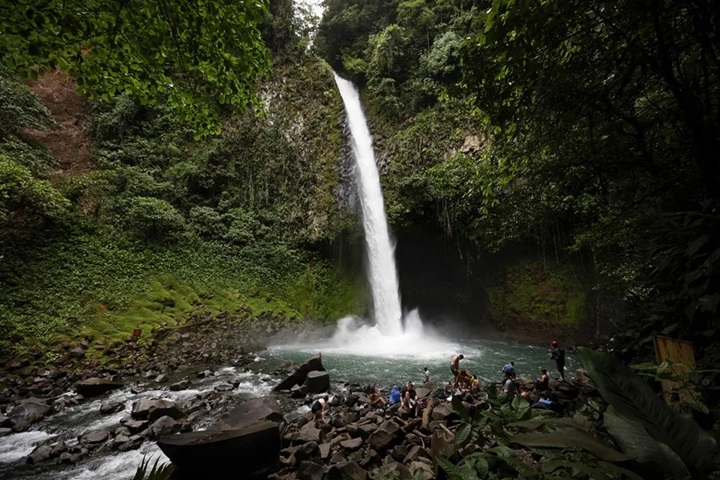
EFE/ Jeffrey Arguedas
The Numbers—and the Responsibility
Tourism is Costa Rica’s lifeblood. Out of a population of five million, nearly three million visitors arrive annually. Roughly half a million Costa Ricans depend on that flow of travelers to pay their bills. But prosperity has its cost: overuse, crowding, and complacency can erode what makes the country special.
That’s why La Fortuna’s model matters—it ties economic well-being to ecological health. As one of the most biodiverse places on the planet, Costa Rica carries the weight of stewardship for nearly five percent of Earth’s species. If tourism here fails to strike a balance between profit and preservation, paradise becomes a commodity.
The government and private sector are paying attention. In September, sixty-four travel agents from Brazil, Colombia, Paraguay, Ecuador, and Canada toured La Fortuna and its nearby regions to study the area’s unique blend of nature, culture, and community, according to Christian Doñas of Proimagen Costa Rica, speaking to EFE. “Our goal is to attract visitors through sustainability, ecotourism, cultural richness, gastronomy, and a wide array of experiences,” he said.
The volcano that once terrified locals now sustains them. The springs that once steamed unseen now represent shared wealth. The town has learned that tranquility can be an economy—and empathy a business plan.
Visitors can do their part. Choose certified sustainable hotels. Eat at family-run sodas instead of chain restaurants. Tip guides who teach, not just point. And remember that the peace you came to find depends on the care you leave behind.
Also Read: In São Paulo, a One-Man Cinema Keeps Brazil’s Movie Dreams Alive
La Fortuna’s story is not just about tourism; it’s about transformation. When the lava stopped flowing, something else began: a collective act of stewardship disguised as leisure. Here, wellness is not a buzzword. It’s the sound of rain on leaves, the warmth of volcanic water, and the quiet conviction that feeling good and doing good should be the same thing.

